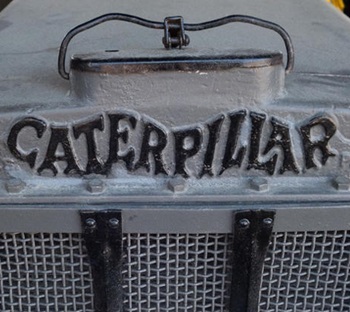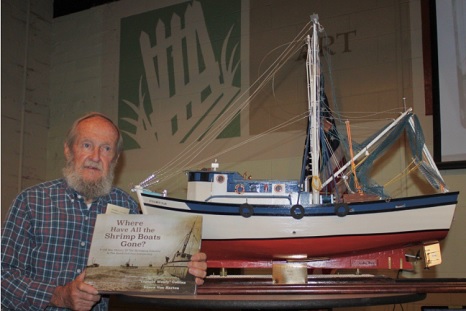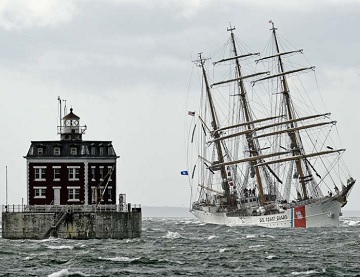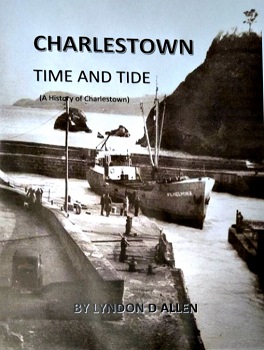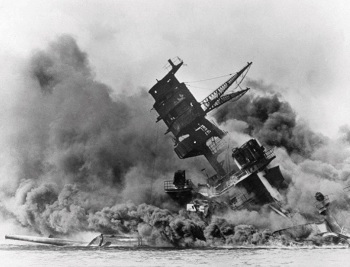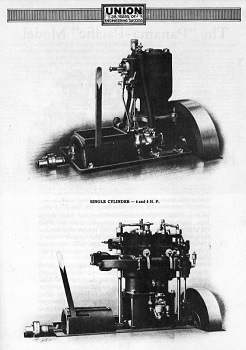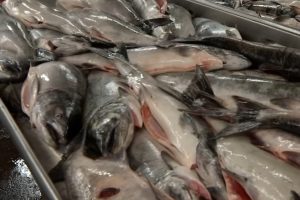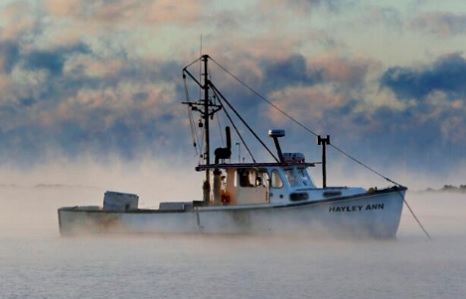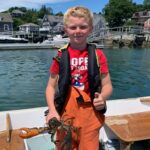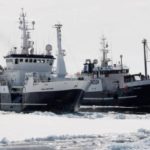Seventy-nine years ago this Dec. 7, the Empire of Japan carried out a sneak attack on American military forces at Pearl Harbor in Hawaii. More than 2,400 people — including 68 civilians — died and almost 1,200 more were injured. The next day President Franklin D. Roosevelt asked Congress for a declaration of war. The speech has become one of the most famous in American history, and reminds us of the service and sacrifices made by our countrymen during World War II. Here is Roosevelt’s address: Mr. Vice President, Mr. Speaker, members of the Senate and the House of Representatives: Yesterday, December 7th, 1941 >click to read< 06:50:
Tag Archives: history
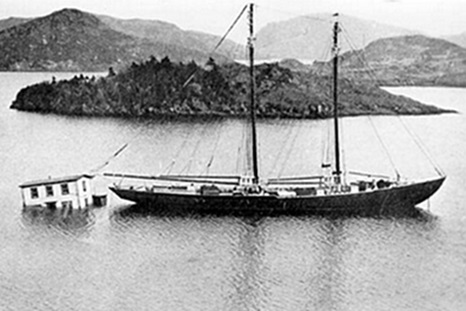
The 1929 Magnitude 7.2 “Grand Banks” earthquake and tsunami
On November 18, 1929, at 5:02 pm Newfoundland time, a major earthquake occurred approximately 250 km south of Newfoundland along the southern edge of the Grand Banks. This magnitude 7.2 tremor was felt as far away as New York and Montreal (see isoseismal map of felt area below). On land, damage due to earthquake vibrations was limited to Cape Breton Island where chimneys were overthrown or cracked and where some highways were blocked by minor landslides. A few aftershocks (one as large as magnitude 6) were felt in Nova Scotia and Newfoundland but caused no damage. More than 40 local villages in southern Newfoundland were affected, where numerous homes, ships, businesses, livestock and fishing gear were destroyed. Also lost were more than 280,000 pounds of salt cod. Total property losses were estimated at more than $1 million 1929 dollars (estimated as nearly $20 million 2004 dollars). Photos, maps, more, >>CLICK TO READ<< 10:23
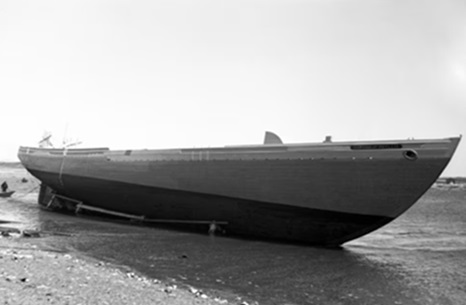
The Grandys of Garnish: A history of shipbuilding and lobster fishing in a tiny N.L. town
During the heyday of the schooner bank fishery, from the late 1800s up to the 1940s, shipbuilding was the major employer in Garnish. Dozens of carpenters and labourers were involved, from cutting the timbers up around the headwaters of the Garnish and Black rivers to operating sawmills downstream and then the actual building of the vessels. The industry reached its peak in the mid 1930s, when in one year, according to 97-year-old Melvin Grandy, five boats were being built at the same time. The five vessels were different size banking schooners, capable of carrying anywhere from four dories up to 12 dories each. Without a doubt the master boat builder in the Garnish of the 1930s and ’40s was Cephas Grandy. His reputation as a craftsman spread not only all around Newfoundland but also on the Canadian mainland. photos, >>click to read<< 07:04
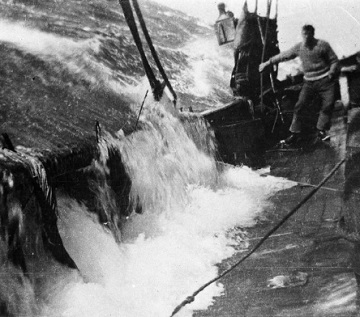
‘The Bad Day’: Two maritime disasters that shook the Shetland Islands
By a terrible grim coincidence, this week sees the anniversary of two of the worst disasters ever to happen in the Scottish fishing industry, and on both occasions it was the Shetland Islands which were afflicted by the tragic calamities that took place almost 50 years apart and cost the lives of 163 men. On both occasions, wild storms caught fishermen out at sea and led to the destruction of fishing boats, often with the loss of all on board. The first disaster took place 191 years ago today on July 16, 1832, in the midst of what became a summer of mourning on Scotland’s northern archipelago. >click to read< 09:54
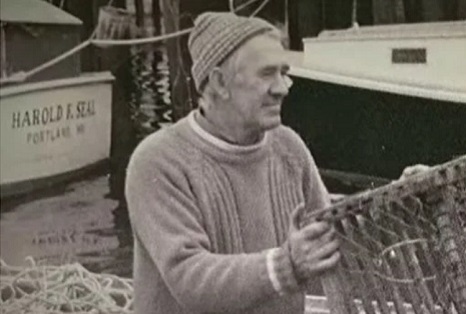
95-Yr-Old Pours Decades Of Wisdom About Maine Island’s “Good Old Days” Into Memoir.
Donnie MacVane has lived in the same house off the coast of Long Island for his entire life. At 95, you can bet that he’s gathered a story or two about the place! Now, he’s ready to share those stories with the world. Donnie recently published his first book, and it’s a memoir. It’s called “Memories That Linger: An Anecdotal History of Long Island, Maine.” Some of Donnie’s stories offer a unique look at historic events from his personal experience; for example, what it was like to be a child during World War II. Other reminiscences deal with significant moments in his own life, such as the unusual way that he met his wife, Carol. Video, >click to read< 09:11
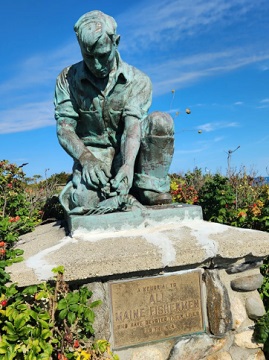
Elroy Johnson: Man of the people
Harvey Elroy Johnson was born March 16, 1894, to George Bernard Johnson and Laura Etta (Sinnett) Johnson. He was the third child in a family of seven children that traced their presence on Bailey Island back to the 1740s and their employment as fishermen just as far. An independent and resourceful spirit, Elroy, or “Snoody,” as he came to be called, got an early start in his career. In the summer of 1904, he put out 15 traps without his father’s help. By that fall, he had saved $45. He was only 10 years old at the time. Elroy left school after completing the eighth grade and went on to earn his living from the sea: lobstering, swordfishing, shrimping, sardining, from both small and large boats. Starting when fishermen still pursued their catch by wind, sail and oar, he fished well into the 1960s, when diesel engines and electronic devices made the job easier and safer. >click to read< 13:58
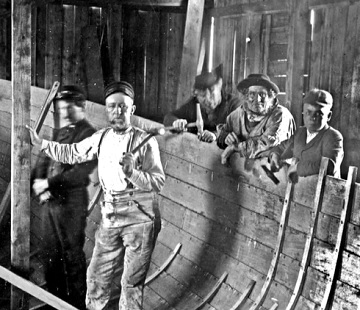
Mural celebrates last boat-building family in seaside town of Sheringham in Norfolk
Lewis ‘Buffalo’ Emery started building boats in the 1850s after being unable to find a craftsman to make him a new crab boat. Lewis’ great great grandsons Jonathan, Michael and Malcolm were all present to see the work by artist Colin Seal which celebrates the Emery family. The mural depicts family members Reginald, Chris and Harold in the workshop at The Old Boathouse. Jonathan Emery, whose grandfather Reginald is in the mural, said: “The family are very proud of our family history and to see it immortalised here.” Photos, Video, >click to read< 10:41
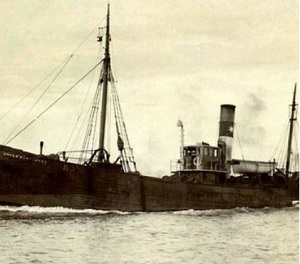
How the people of Hull saved a brutal murderer from the death penalty
On a fishing trip to the icy north Atlantic, an old feud between two crew members of a Hull trawler was simmering. Eventually James Carlill, 27, and William Harker, 38, clashed with tragic consequences. Six days later, the trawler arrived back at St Andrew’s Fish Dock, with Harker’s body on board. Carlill was charged with murder. But that was only the start of a remarkable story. The three-week fishing trip had been uneventful until terrible weather forced the trawler, the Queen Alexandra, to take refuge in an Icelandic fjord. The 12-man crew got bored as they sheltered from the storm and bought booze from the locals, including half a gallon of corn brandy and two bottles of whisky. >click to read< 07:55
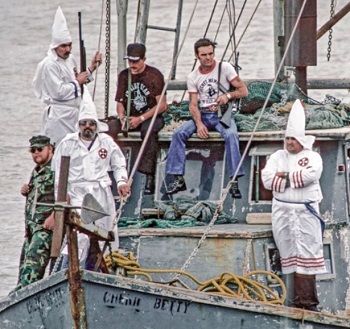
When Vietnamese Fishermen Went to War With the Klan in Texas
A few nights before the start of the 1980 shrimping season in Texas, as a tropical storm pounded the gulf coast, a Justice Department mediator booked a room at a Holiday Inn near the fishing town of Seabrook, on the western edge of Galveston Bay. He was expecting two guests, each representing opposing sides of a turf war liable to explode into violence. His plan was to lock them inside until they brokered some kind of a treaty. Gene Fisher, the burly 35-year-old founder of the American Fishermen’s Association, arrived first. Fisher stiffened at the sound of someone rapping at the door of the Holiday Inn room: the second guest had arrived, the president of the Vietnamese Fishermen’s Association. Nam Văn Nguyễn was a highly-decorated South Vietnamese colonel. >click to read< 11:09
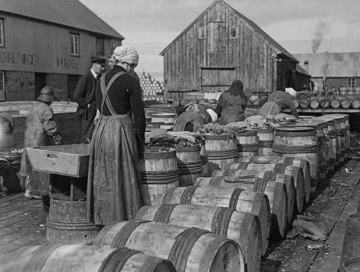
Iceland’s herring girls transformed a town before kicking off a tourist boom
Clad in waterproof coveralls, heavy boots and thick gloves, a group of women line up under the midnight sun, waiting for returning fishing boats to dock. As soon as a ship reaches the harbour, they kick into gear, pulling herring after herring from barrels, decapitating and gutting them, before packing them in salt and spices, singing while they work. Siglufjörður, or Siglo as it is known to locals, is an uncommonly scenic slice of northern Iceland. Before the herring industry started here in 1903, it was a sparsely populated hamlet with little work paid with money rather than meat or other goods. But as salted herring became a staple in many European countries, catching and processing the fish became its main focus and everything changed. >click to read< 11:32
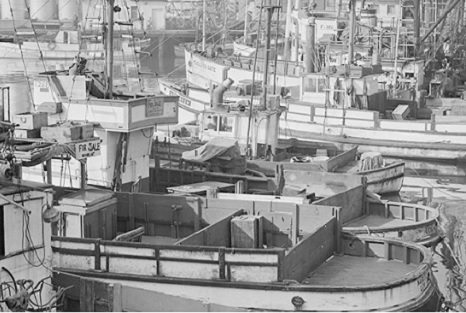
The Lost Japanese Fishing Community from San Pedro
Beginning in the early 1940s, 3,000 first and second-generation Japanese made their homes in an area of Terminal Island known as East San Pedro. The Japanese Fishing Village was next to Fish Harbor, and many of the locals worked in the fishing industry. When a dozen Japanese fishermen settled on Terminal Island at the turn of the twentieth century, it was still a rural stretch of land with around 200 homes. Originally known as Rattlesnake Island due to the snakes that would gather after torrential storms, it had recently been renamed after its new owner, the Los Angeles Terminal Railway. Approximately 250 fishing boats were owned and operated by the residents. Most of the local people, not working on the boats, worked in the many fish canneries clustered together on Terminal Island. >click to read < 17:26
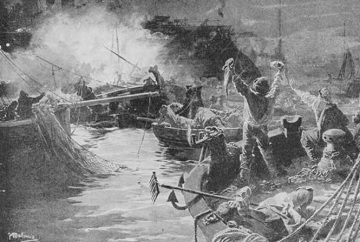
The night Russian warships mistakenly opened fire on innocent Hull fishermen
The invasion of Ukraine has triggered memories of another infamous act of Russian aggression now commemorated by a statue on one of Hull’s main roads. A memorial overlooks Hessle Road at the junction of Boulevard and features life-sized figure of a trawlerman clad in fishing gear standing on a large plinth. It’s a fitting spot in the traditional heart of the city’s former fishing community to remember the night in October 1904 when a fleet of  trawlers from Hull came under fire from the Baltic Fleet of the Imperial Russian Navy – an event described by newspaper headlines of the era as The Russian Outrage. The steam-powered vessels belonged to the Hull-based Gamecock fishing fleet and, at the time, were spread over some distance roughly 200 miles off Spurn Point in the Dogger Bank area of the North Sea. >click to read< 13:25
trawlers from Hull came under fire from the Baltic Fleet of the Imperial Russian Navy – an event described by newspaper headlines of the era as The Russian Outrage. The steam-powered vessels belonged to the Hull-based Gamecock fishing fleet and, at the time, were spread over some distance roughly 200 miles off Spurn Point in the Dogger Bank area of the North Sea. >click to read< 13:25
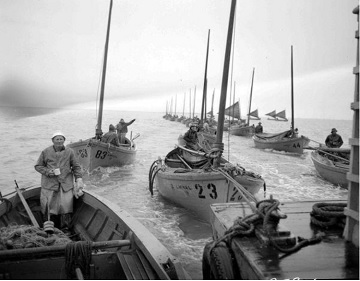
When Sailboats Ruled Bristol Bay
One hundred and thirty-two years ago, the Bristol Bay commercial fishery began on the shores of the Nushagak River when the first cannery went into operation and canned a little more than 4,000 salmon. Within four years, three more canneries appeared on the Nushagak, and within a decade canneries were built on the Naknek and Kvichak rivers. The dawn of the 20th century saw dozens of canneries around Bristol Bay catching, processing and canning millions of pounds of sockeye salmon every summer. By 1910, Bristol Bay accounted for 40 percent of Alaska’s commercially caught salmon. Even today, Bristol Bay makes up about 40 percent of Alaska’s salmon value. photo’s, >click to read< 11:50
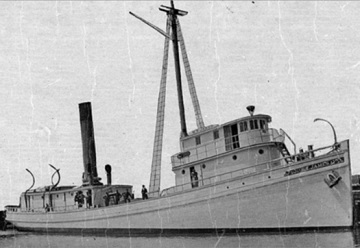
How the U.S. Fishing Fleet Served the Navy and Coast Guard in WWII
In the early days of World War II, demand skyrocketed for vessels to fill the needs of the U.S. sea services. The Coast Guard was no exception as they competed with the U.S. Navy and U.S. Army for new construction as well as privately owned ships. Facing a high demand for vessels, the service turned to the U.S. fishing industry as a source for its cutters. These emergency acquisitions included East Coast trawlers, whalers from both coasts, and East Coast menhaden fishing vessels, such as the Emergency Manning vessel Dow (WYP 353). During World War I and World War II, the menhaden fishing fleet became a ready reserve for the Navy and Coast Guard. Both services needed small, shallow draft vessels for coastal convoy escort, mine planting, minesweeping, and anti-submarine net tending duty. Many of these vessels were purchased or leased, while others were loaned to naval forces by fishing businesses as their contribution to the war effort. >click to read< 18:28
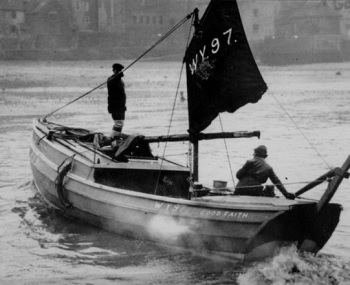
Honouring Whitby’s first female skipper Dora Walker
She was the first woman to fly as a passenger on a plane, and 11th in Britain to drive a car. When her brothers went to war, she followed to the frontline. And when she was told she needed sea air, she defied tradition to become the North East’s first female skipper, sailing the seas with a pistol on her hip and an Army issue tin hat. More than three decades after her death, Whitby Civic Society is to remember skipper Dora Walker, author and museum curator, with a blue plaque to honour her remarkable feats. >click to read< 08:26
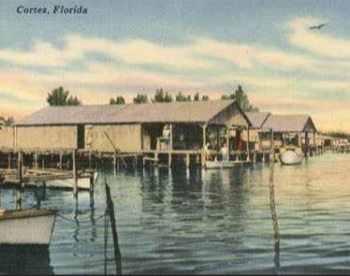
Cortez: Net Spreads and Stilt Houses
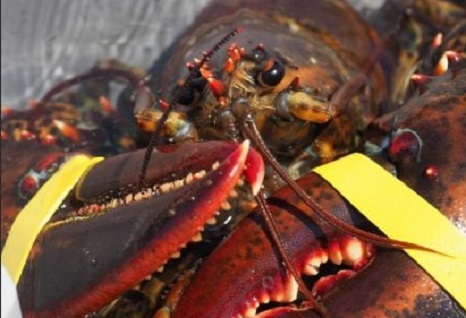
Canada: History shows a path to resolve lobster fisheries dispute
As we reflect on recent violence in Nova Scotia over the lobster fisheries, it’s important to know if there are any precedents around the core issues and if prior instances can help guide us now. The case of the Saugeen Ojibway of the Great Lakes provides some particularly useful insights to help reach a settlement to the lobster fisheries dispute. Conflict between Indigenous peoples along the Great Lakes and the state has been around since the rise of non-Indigenous commercial and sport fishing around the 1830s and 1840s. In the 1990s, things came to a head,,, >click to read< 08:29
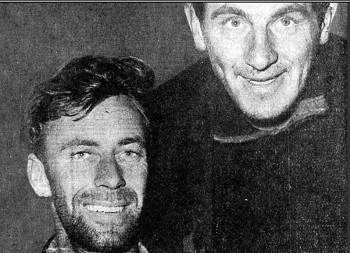
1967: Two fishermen feared dead for almost a week were the toast of Portarlington last night.
In their broken down shark boat Veronica, they had won out after a grim, six-day battle against raging Bass Strait seas. Late on Saturday night, after a desperate last signal for help had been sighted by Cape Otway Lighthouse, the 32-ft. Veronica was taken in tow by another fishing boat. Yesterday morning the two crewmen, skipper Len Joseph, 32, and his mate Ron Oldfield, 34, stepped ashore at Apollo Bay, “back from the dead.” The engine had failed only two hours after sailing from Port McDonnell. Last Monday the men ran out of food. Len Joseph kept a log book which spells out the drama of the ordeal. >click to read< 08:49
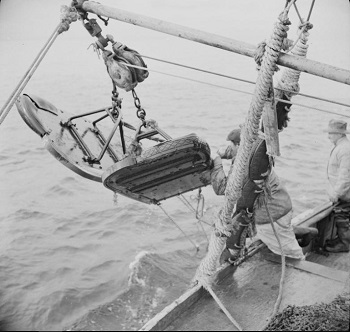
Historic photos: 1942 fishing trip off Provincetown aboard the Provincetown-based dragger F/V Francis and Marion
These amazing photos from 1942 take you aboard the Provincetown-based drag trawler Francis and Marion, fishing off Cape Cod. The trawls are constantly being repaired; while one net is down all hands turn to mending a second one. “Doors,” which when lowered, slide over the bed of the ocean like sled runners, dragging behind them the purse seine which scoops up miscellaneous fish, rocks, crabs, lobsters, and a great deal of slime. 21 photo’s >click to review< 13:07
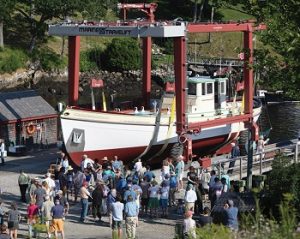
A renowned boatbuilder reimagines a piece of Maine history.
This summer, not long after Rockport Marine owner Taylor Allen presided over the launch of the William Underwood, a 78-year-old sardine carrier he spent 12 years painstakingly restoring, a landlubbing interviewer suggested to him that chatting with wooden-boat fanatics can feel like talking to collectors of ancient Egyptian pottery — the experts’ aesthetic is often lost on those outside the subculture. “I think the word you’re looking for is cult,” Allen offered. Photos, >click to read< 15:40
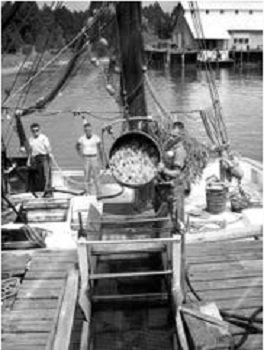
What happened to Pensacola’s commercial fishing industry?
This industry began when it became possible to put in use a series of key elements which together made such a traffic practical and profitable. The “elements” began, of course, with the fish themselves, some of which had been a part of the economic backbone of the community from the beginning. The open sea was home to the fish, and while some of the works had to be performed some distance from land, netting and icing all were practical for the proper vessels. >click to read< 13:08
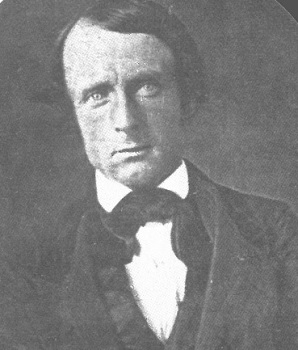
Childhood ended early in Cohasset
In the 19th century, it was not unusual for Cohasset children to work in the fishing industry.,,, We know of one boy, Francis Pratt, who at age 8 went to sea as a ship’s cook. His father, Dr. Ezekiel Pratt, Cohasset’s only doctor at the time, was very poor and struggled to feed his eight children. He told them, “I can’t have you gnawing at my ribs any longer,” and in 1826 sent young Francis off to sea on a Cohasset fishing schooner. >click to read(short)< 09:19
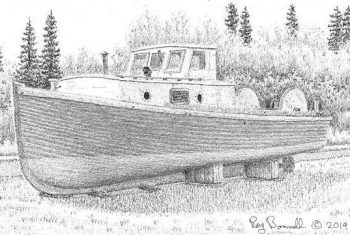
K-6 gillnetter is a reminder of Kenai’s long fishing history
One of the earliest commercial transactions involving Alaska salmon occurred in 1786. In that year two British ships stopped in Cook Inlet, which was then under Russian-American Company control, to trade Hawaiian yams for fresh salmon. The Russian-American Company never developed a for-profit salmon industry. However, after the United States acquired Alaska in 1867, Americans began operating salteries in Southeast Alaska to preserve the fish for market. In 1878, the first Alaska cannery was built at Klawock on Prince of Wales Island. Within four years, canneries had reached Cook Inlet in Southcentral Alaska. >click to read<08:31
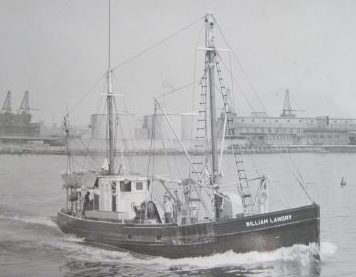
April 8 – 1950: Eight fishermen drown in sight of Lightship Pollock Rip
On this day in 1950, a fishing boat with eight men aboard sank with no survivors off Chatham after its crew struggled for hours to remain afloat in a howling gale.”The William Landry, a 63-foot scallop dragger out of New Bedford, was smashed to pieces by pounding seas while struggling toward a lightship stationed at Pollock Rip in Nantucket Sound,” the Associated Press reported. >click to read<10:00






